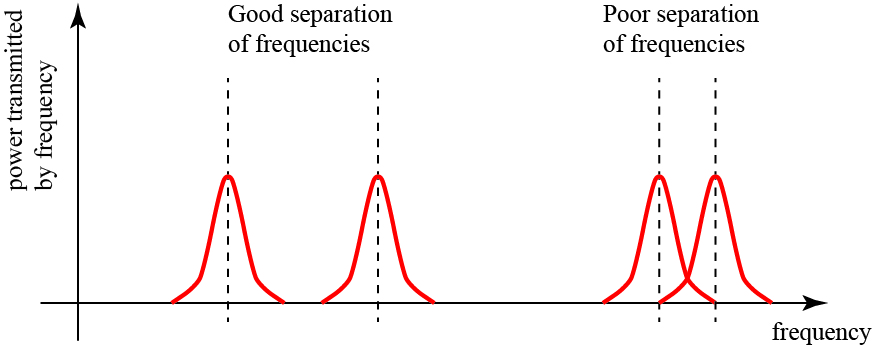- cross-posted to:
- [email protected]
- [email protected]
- cross-posted to:
- [email protected]
- [email protected]
cross-posted from: https://lemmy.ca/post/1916423
This insightful blog post seems to refer to this article. I hope the article is an isolated case. Although it’s undeniable that scientific illiteracy is spreading.
one thing i haven’t seen mentioned in the article: when antennas and propagation of radio waves are involved, it’s often useful to think of waves and things they encounter in terms of wavelengths. at 2.4 ghz (12cm), your wall might be 1 or 2 wavelengths, and this might be enough to slow down your wifi. at 5ghz, it might be 5 to 7, and signal degradation will be much worse. at visible light, even sheet of paper is hundreds of wavelengths thick. unless it’s translucent, no signal will come through. conversely, VHF or HF has much longer wavelengths, allowing much longer range and penetration through things like walls.
another important thing is that most of designs of antennas, filters, amplifiers and such components of transmitters and receivers usually operate on some narrow band, several % off carrier frequency. if you want to make that band larger, it usually means that your components have to be larger in terms of wavelengths. because in microwave region wavelengths are shorter, this means large bandwidths in manageably small devices. this works even better for light
A few points here:
- The room lights have to be on.
- A light has to be on on your device.
- I’m guessing the lights have to be LEDs to get the kind of switching speeds for the data rates mentioned and keeping the power clean enough so that minor fluctuations in circuit power from its own operation (a paper was published about exfiltration of data based on power indicator LED fluctuations) will make the devices expensive as hell.
- Maybe near-visible-light would work better but my guess is this tech won’t be practical enough to have broad consumer appeal in the face of the almost certainly high price. Even in the always-lit office environment, you still have people walking around with visible lights on their phones and laptops. I suppose it could be download-only, relying on radio for the uplink but there goes half your usefulness and you still have to maintain radio/WiFi infrastructure. Likely true anyway, considering phones in pockets and bags needing to stay connected.
Maybe LiFi + UV-tanning deals will become a thing 😂
Finally, basement nerds won’t be pasty any more!
Seriously, I was more thinking infrared. I don’t know about you but I’m old enough to remember (and to have “enjoyed” helping support coworkers attempts to use) the infrared fad mainly for sending things to printers by sitting the two devices really close together. So fiddly I’d rather just decisively plug in a cable.
Yes, I actually remember when (infrared) TV remotes started to circulate…



